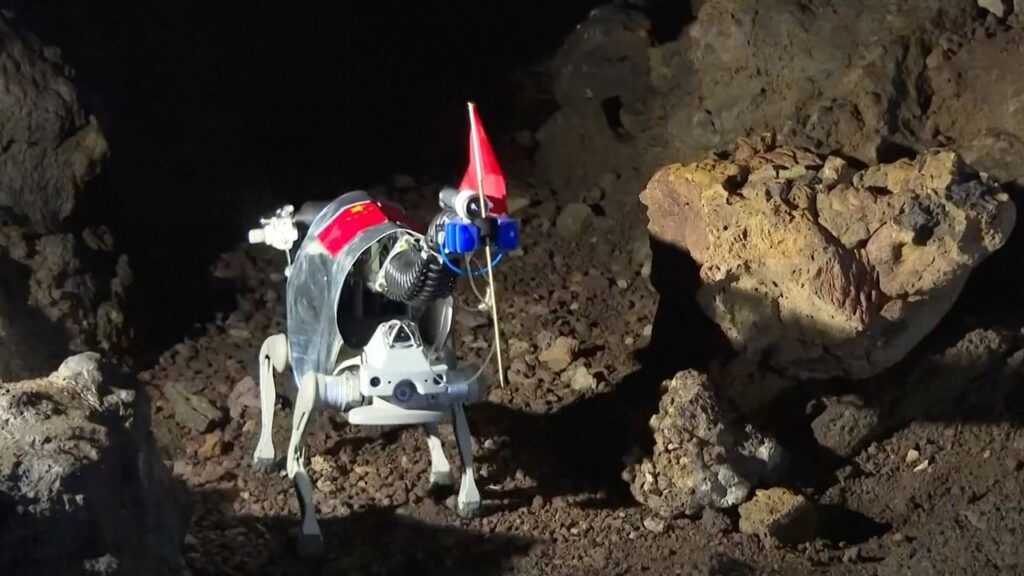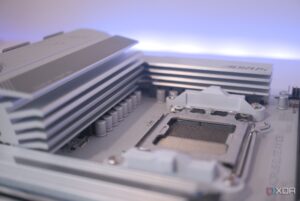
China has made significant strides in its lunar exploration efforts by completing a “simulated moon underground space.” This facility, located in a volcanic lava cave near Jingbo Lake in Mudanjiang City, Heilongjiang Province, aims to replicate the conditions found in lunar lava tubes, which are believed to exist on both the Moon and Mars. This initiative responds to research indicating that such structures could offer protection from extreme radiation.
Li Jiaqi, a researcher at Peking University, emphasized the relevance of this site, stating, “The underground volcanic lava pipes by the Jingbo Lake are the most similar environment on Earth to the underground space of the moon. I hope our forward-looking research can serve China’s lunar exploration program.”
In this underground environment, experimental robots are currently undergoing tests to enhance their autonomous exploration capabilities and perform multi-functional operations. This hands-on approach is designed to prepare for future lunar missions.
Innovative Robotic Exploration
Li Xianglong, a doctoral student from the Harbin Institute of Technology, noted the advantages of the newly developed exploration robots. He stated, “Compared with traditional lunar roving vehicles and exploration robots, it has stronger environmental adaptability and flexibility.” These robots are expected to provide more precise perception, decision-making, and operational capabilities when exploring the Moon’s underground spaces in the future.
Additionally, students have established seismometers in the simulation area to gather data that could inform future lunar experiments. This research aligns with China’s upcoming Chang’e 7 mission, scheduled for launch in 2026, which will study the lunar south pole. This mission will include a seismograph designed to analyze the Moon’s interior and detect moonquakes caused by tidal forces and temperature fluctuations.
Future Lunar Ambitions
Looking ahead, China plans to establish an International Lunar Research Station (ILRS) in the 2030s. This ambitious project aims to foster collaboration in lunar exploration and expand our understanding of the Moon’s geology and environment.
As China enhances its capabilities for lunar exploration, the completion of this underground simulation test area marks a crucial step in preparing for more advanced missions. The data gathered from experiments in this terrestrial setting could significantly impact future lunar exploration strategies and contribute to the broader understanding of extraterrestrial environments.






